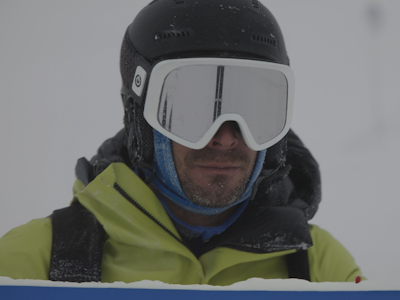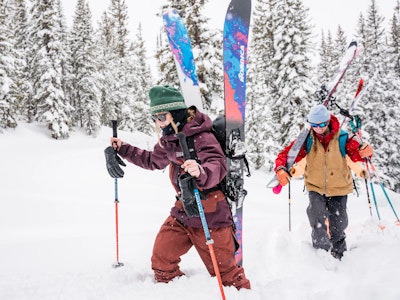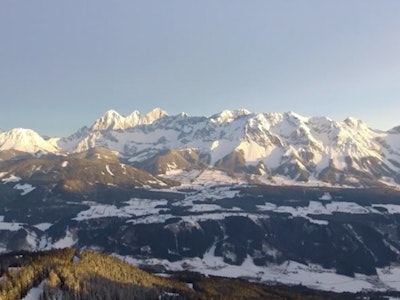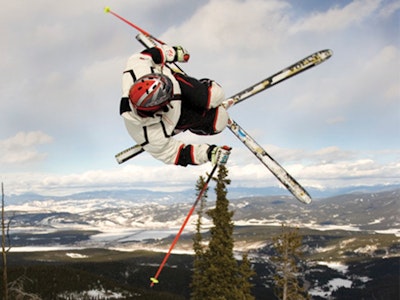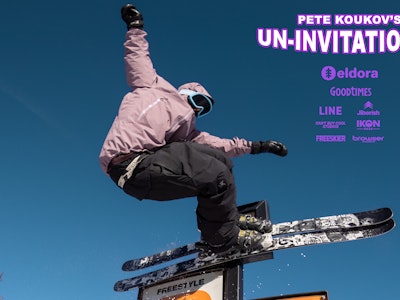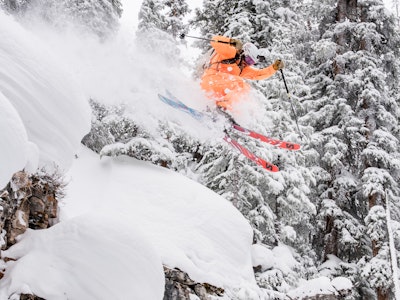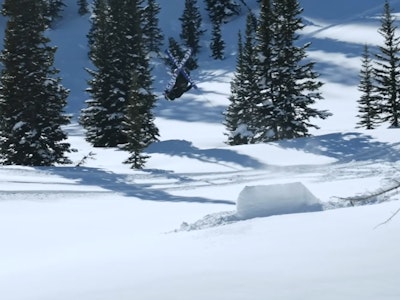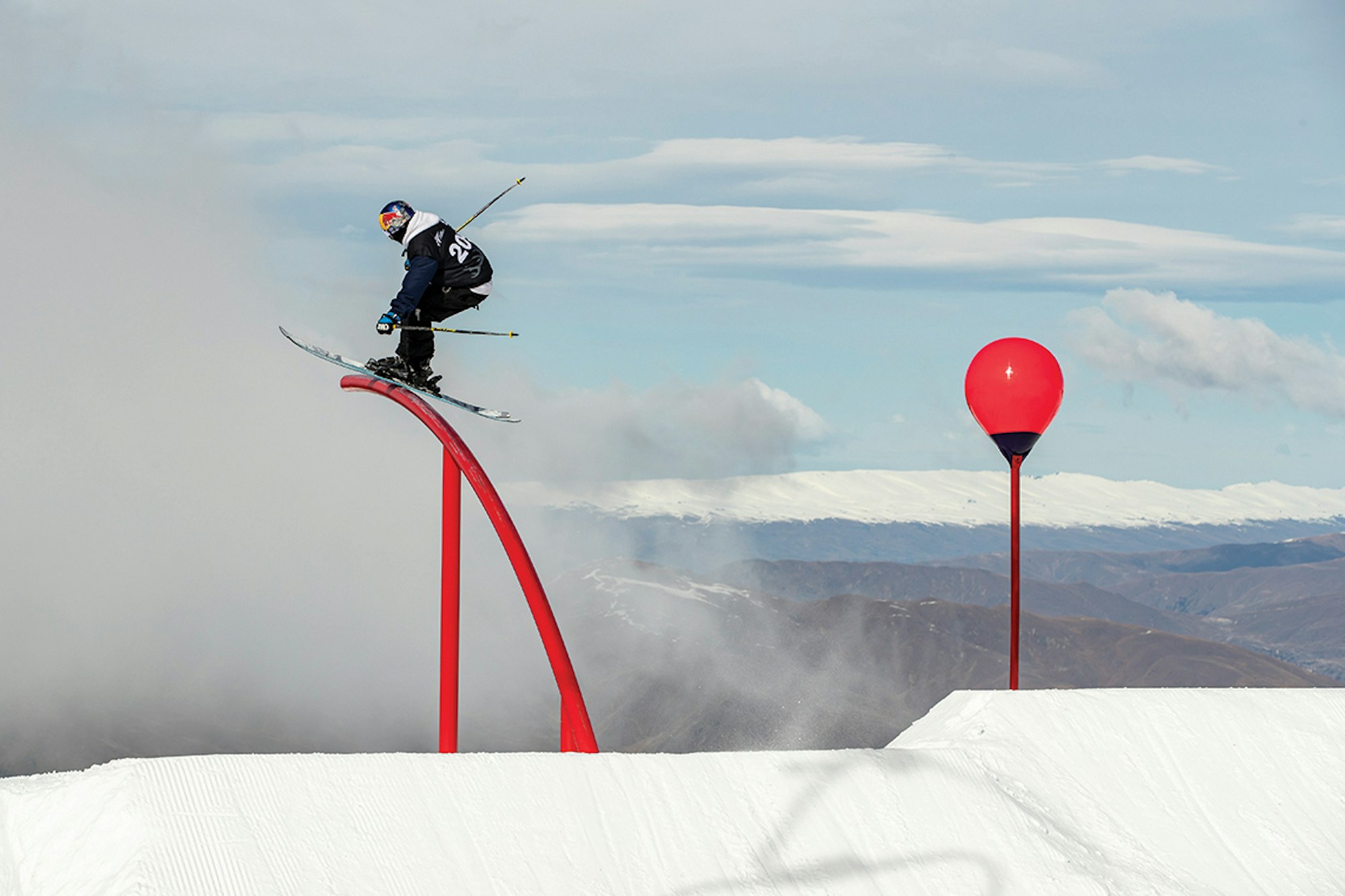Today’s top teenage freeskiers still have to get a high school degree. But with complex training schedules and global competitions, the education they’re getting is far from ordinary.
WORDS • MEGAN MICHELSON
Cody LaPlante missed 80 days of school last winter—he was absent more days than he was in the classroom. As a rising slopestyle skier and a high school sophomore, he was traveling to World Cups in Switzerland and Austria, the U.S. Grand Prix in Mammoth, California and X Games in Aspen, Colorado. A traditional school likely wouldn’t have tolerated those kind of poor attendance rates. But Cody, 16, doesn’t go to a traditional school.
The Truckee, California, resident was home-schooled until seventh grade. His parents chose that route so the family could have more flexibility. “We couldn’t go to regular school because they wouldn’t let us leave,” Cody says.
Cody’s dad, David LaPlante, sees it a little differently. “We didn’t like the constraints public school placed on our kids and we wanted to take advantage of powder days and traveling,” David says. “We felt like the public schools weren’t placing enough emphasis on being healthy, outdoors and self-confident. We felt that homeschooling was going to afford us a better lifestyle and keep us outdoors more.”
But when Cody was entering eighth grade, a new Truckee-based start-up called Tahoe Expedition Academy approached the LaPlantes, including Cody’s older brother, Logan, about enrolling, plus they offered a scholarship to help cover the school’s tuition fees. TEA, as it goes by, takes kids outside the classroom—they build remotely-operated vehicles to monitor environmental issues in Tahoe’s rivers, backpack through the southwest to study indigenous cultures and learn about renewable energy while exploring volcanoes in Hawaii. The school was, as David calls it, “a total experiment.” But that was OK with the LaPlantes.
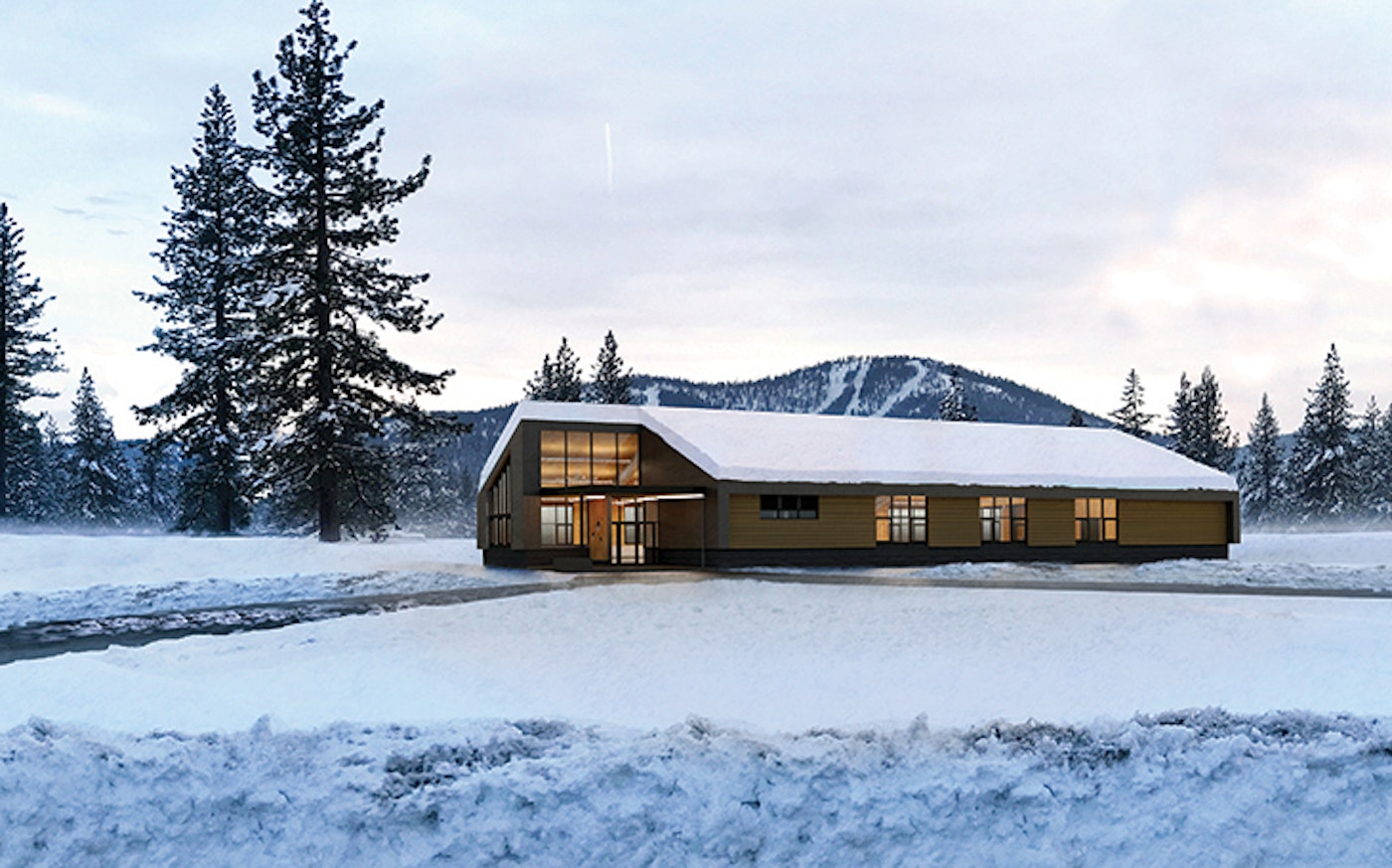
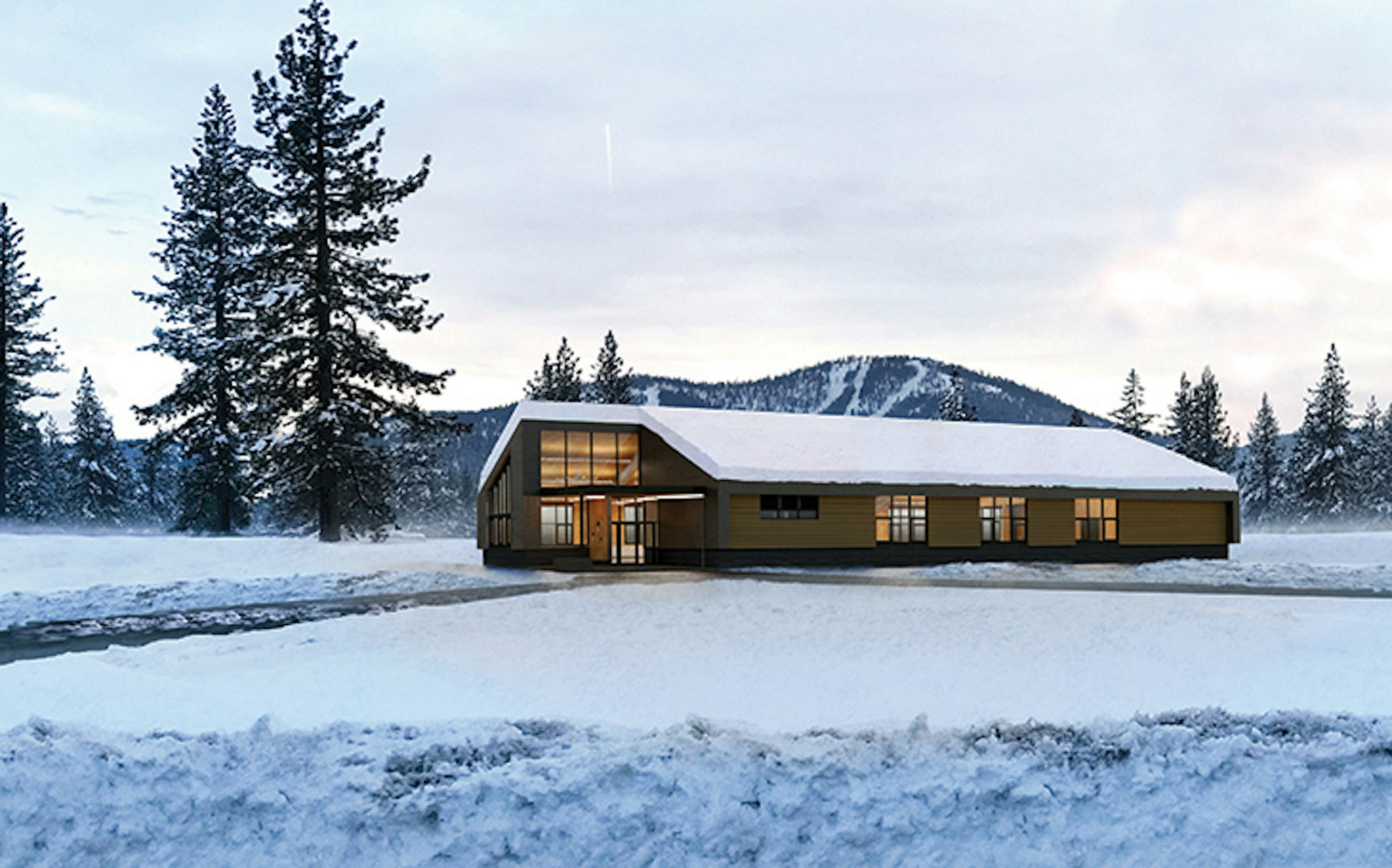
A rendering of the soon-to-be-complete, new Tahoe Expedition Academy building. Photo: Tahoe Expedition Academy
“The school offered expedition learning and a lot more time spent outside, focused on nature,” David says. “And they were willing to be flexible and help manage Cody’s complex schedule.”
Specifically, TEA had a program Cody could apply for called the Individualized Adventure Program, designed for students with unique situations that require them to be away from school for stretches at a time. (Other students in the program are elite ski racers, rodeo stars and there’s even a kid involved in a Hollywood TV show.) As long as you maintain a B average or better, you can continue with a customized independent study program. Even when he’s out of the country, Cody interacts weekly with his teachers via FaceTime or email and updates a shared calendar documenting his deadlines.
“Our standard policy is that kids like Cody are held to the same amount of rigor as other students,” says Mara Jenkins, TEA’s middle and high school director and Cody’s history teacher. “Sometimes, Cody will say, ‘I’m going to New Zealand for training so I need to get this done at a later deadline.’ But he knows he needs to be responsible and he understands that he’s still held accountable for the work.”
Cody knows an education will eventually be more important than, say, an X Games medal. “Skiing won’t last forever, so it’s good to have a backup plan,” Cody says. “I want to have a good education. I want to learn from my experiences and be the best person I can be.”
—
Cody, of course, isn’t the only competitive teenage freeskier with truancy issues. Look at any podium at any big slopestyle or halfpipe competition these days and you’re likely to find a couple of prizewinners still in high school. But unlike Cody, many rising competitive freeskiers attend standard public high schools. Those schools may not take their kids to Hawaii or the Southwest, but they are doing something unique: They’re letting students skip class when necessary and learn while they’re on the road.
The Ladd brothers—Noah, 19, Dylan, 17, and Connor, 15, all competitive freeskiers—attend Lakewood High School, a public school in Lakewood, Colorado, that has an online component for kids who need to be away. Noah missed between 30 and 40 days during his senior year last year. “You have to coordinate with teachers, make sure they’re on the same page as you and get the homework ahead of time,” says Noah, who is a freshman at the University of Colorado at Boulder this year.
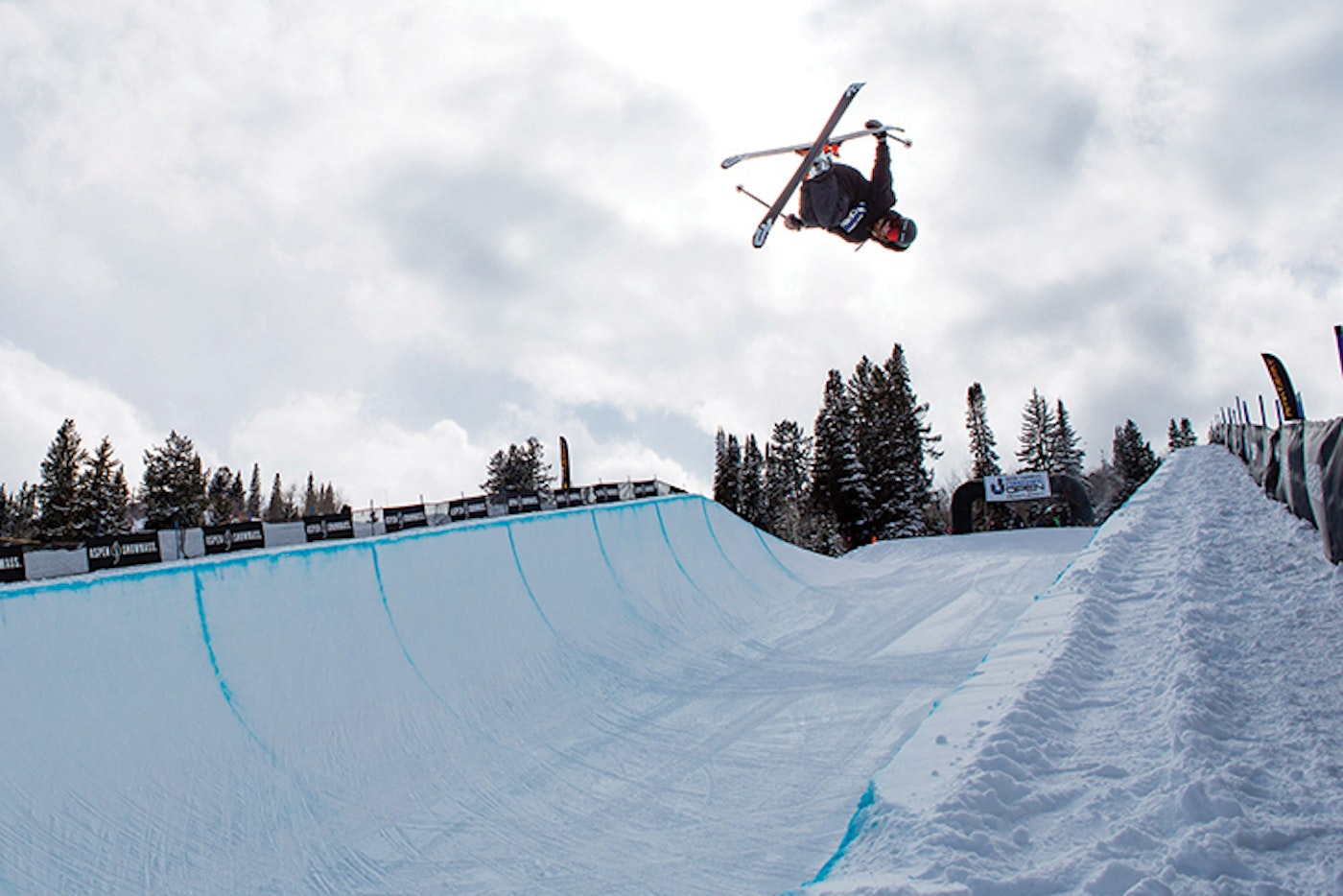
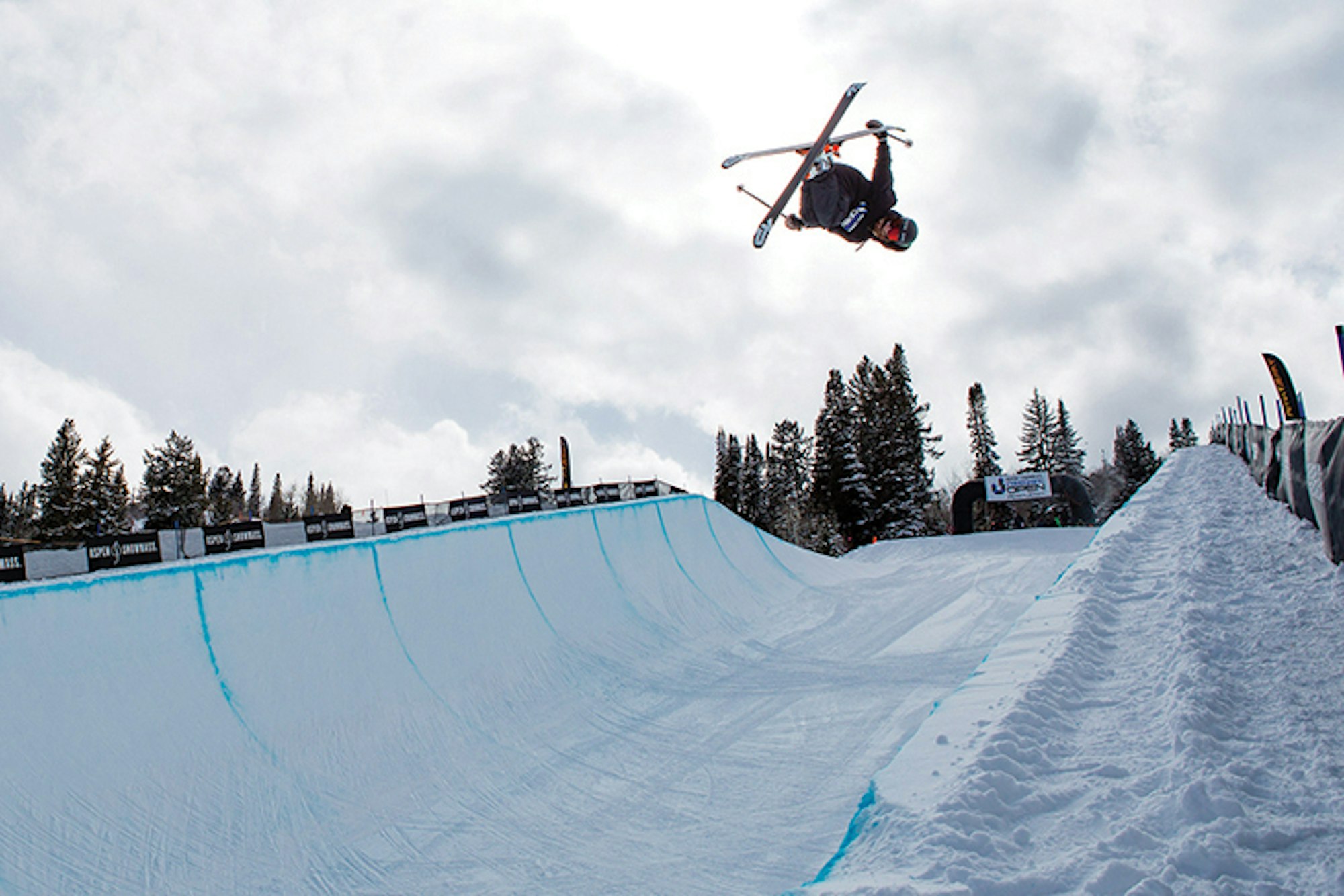
“We tried doing regular school, but we were in the truancy court range of missing days,” says Mike Ladd, the boys’ father. “We tried a virtual academy, but that didn’t go as well. At the level of skiing they’ve gotten to, it’s a real balancing act.”
Slopestyle skier Svea Irving, 16, attends Middle Park High School, the public school near her native Winter Park, Colorado, which is where her older brother, Birk, also a top skier, graduated from in 2018. Svea says she considered attending Park City, Utah’s Winter Sports School, a specialized ski academy, but she wanted to stay closer to home.
Her school has a program that allows her to skip Friday classes, enabling her more training time or days off to travel to weekend contests, but she still has to maintain a high GPA to stay enrolled. “I would like to go to the X Games or the Olympics someday,” Svea says. “The program at our school helps a lot of skiers like me become successful.”
Even some of the country’s most legendary ski academies, built for elite ski racers decades ago, are shifting their programs to accommodate freeskiers and their unique needs. Take Maine’s Carrabassett Valley Academy (CVA), which opened in 1982 at the base of Sugarloaf ski area. This year, they have 90 students enrolled—44 percent of those are in the traditional alpine skiing program, while 29 percent are in the growing freestyle sector (the rest are in snowboarding, ski cross and a unique backcountry program that teaches skills like snow science, wilderness medicine and orienteering). Of the 26 students in the freestyle program, a vast majority are doing big-mountain or park and pipe, while just a quarter of them are in moguls. While they’re traveling, CVA students use an online homework app and email to communicate with their teachers.
“A lot of people don’t go into the office each day to work. They can work from anywhere. Students can be the same way,” says Nathan McKenzie, the freestyle and freeski program director at CVA. “We’ve always had this level of academic intensity that requires students to be clued in. That being said, they’re teenagers, and in freestyle, in particular, they’re risk takers, so there are still a lot of growth moments.”
CVA is the school that bred pro freeskiers like Banks Gilberti, Keegan Kilbride, Annalisa Drew, Matt Philippi and Dan Marion. Now, it’s educating up-and-comers like 17-year-old Toby Skarsten, a senior at CVA who’s currently ranked 33rd in the country for junior slopestyle skiers.
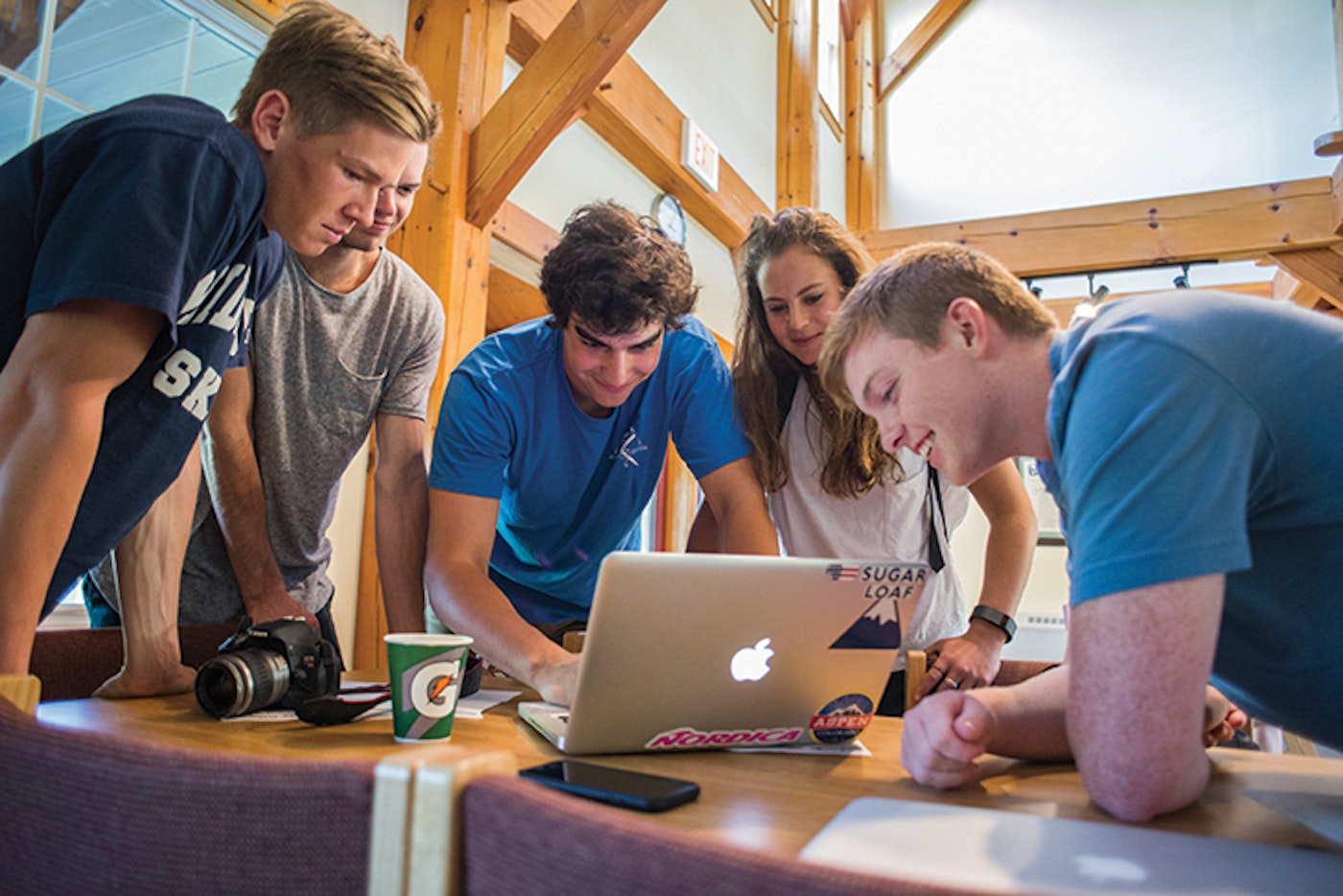
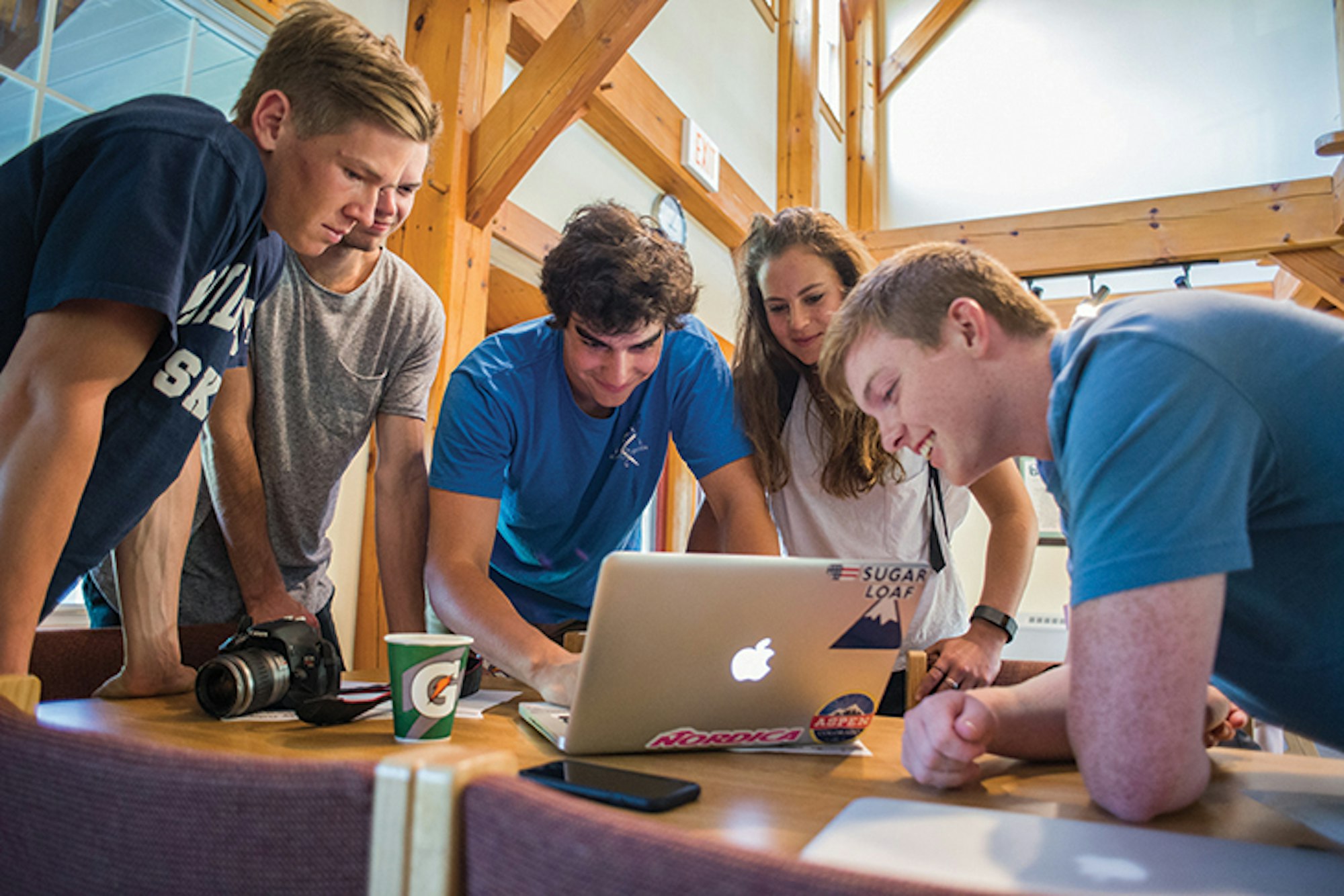
“Usually, we ski four days in a row, then we’ll have a day off to catch up on work. The coaches usually have a time set out for studying,” says Skarsten. “Sometimes, it gets overwhelming, but there are many people at CVA who you can go talk to and our coaches are very understanding if you need to take training off to finish schoolwork.”
As for Cody LaPlante, who’s getting schooled in Tahoe and all over the world, he knows he’s got a good thing going. “For skiing, I’ve traveled to Italy, Austria, New Zealand,” Cody says. “I’ve learned a lot from my experiences, traveling and being independent.”
It’s all part of the master plan for a school like TEA, which was created to provide an alternative style of education. “We like the outliers, the kids who are looking for something different, who need more flexibility,” says Taylor Simmers, co-founder of TEA, who helped open the school in 2011. “Our philosophy naturally aligns with people whose lives are outside the box and who need schedules outside the box, too.”
Simmers says they’re intentionally putting their students in uncomfortable situations and authentic environments to help them prepare for the real world. “You can learn a lot of things in a lot of different places. We believe Cody learns as much, if not more, skiing and traveling as he does when he’s sitting in a classroom. He’s doing the work, but he has the ability to learn anywhere, anytime,” Simmers says. “We’re redefining what a classroom looks like. Maybe the classroom is the city you’re traveling to, the trail you’re on—the world is really the classroom.”
This story originally appeared in the November 2018 issue of FREESKIER (21.2), The Resort Guide. Click here to subscribe and receive copies of FREESKIER Magazine delivered right to your doorstep.

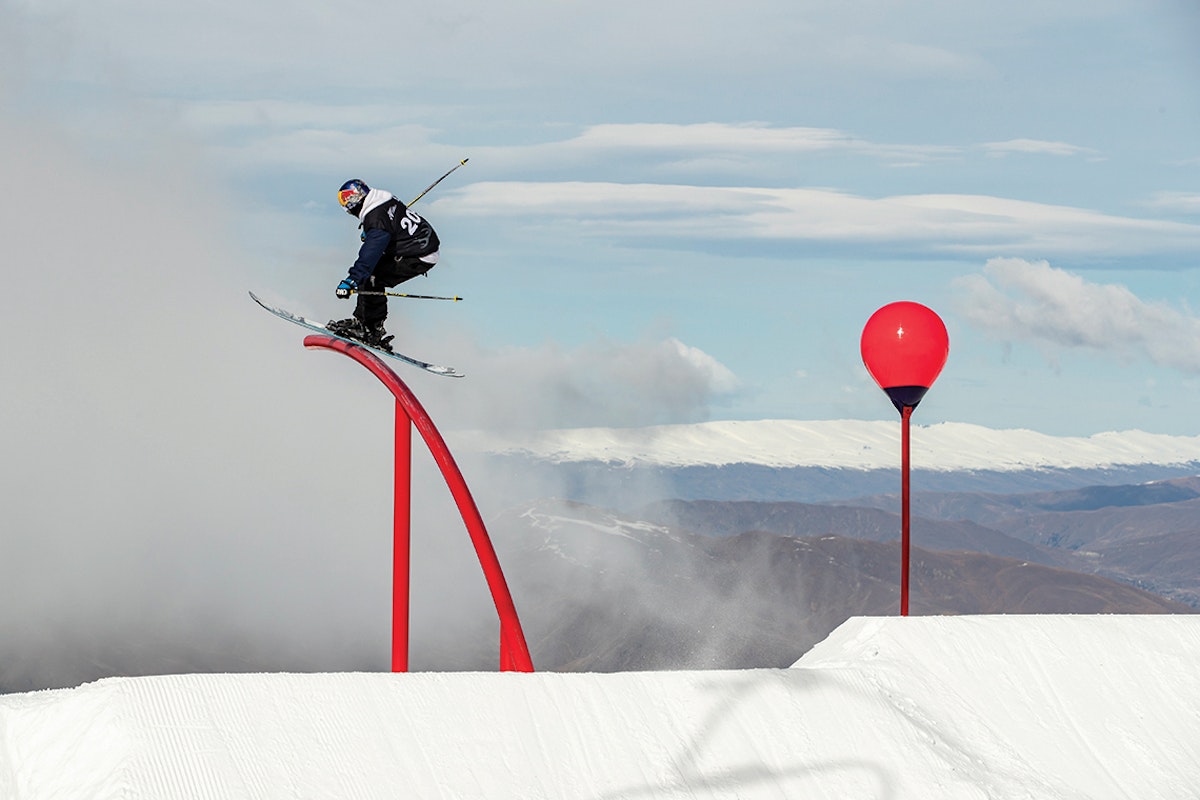
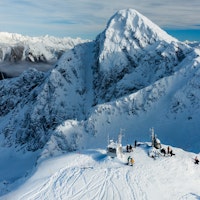
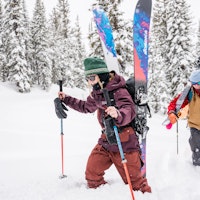
![[GIVEAWAY] Win a YoColorado X Coors Banquet Prize Package](https://www.datocms-assets.com/163516/1764877349-long-live-local-cooler-bag2.jpeg?w=200&h=200&fit=crop)
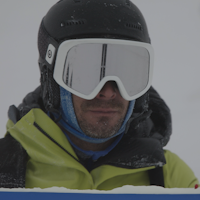
![[GIVEAWAY] Win a YoColorado X Coors Banquet Prize Package](https://www.datocms-assets.com/163516/1764877349-long-live-local-cooler-bag2.jpeg?auto=format&w=400&h=300&fit=crop&crop=faces,entropy)
